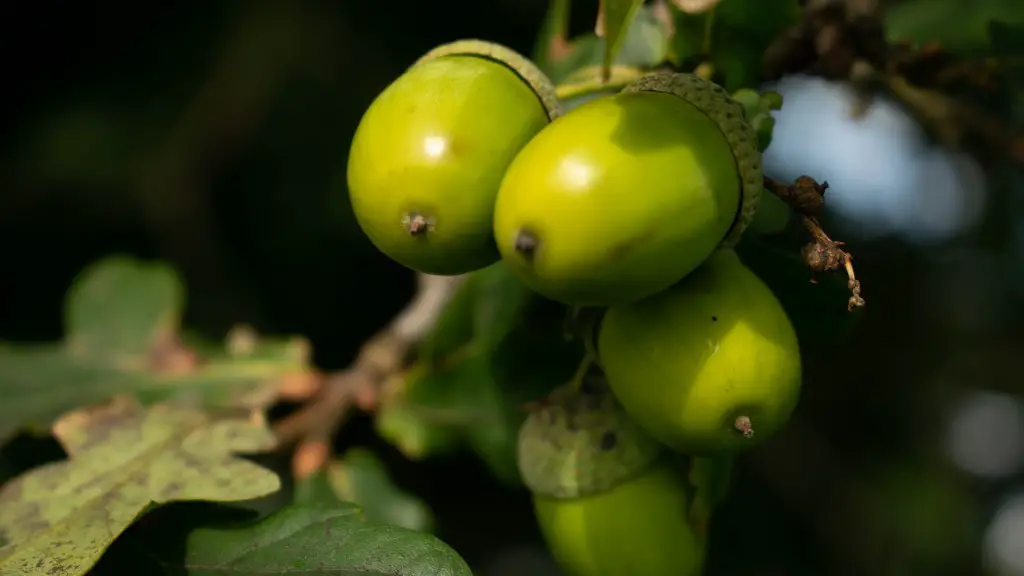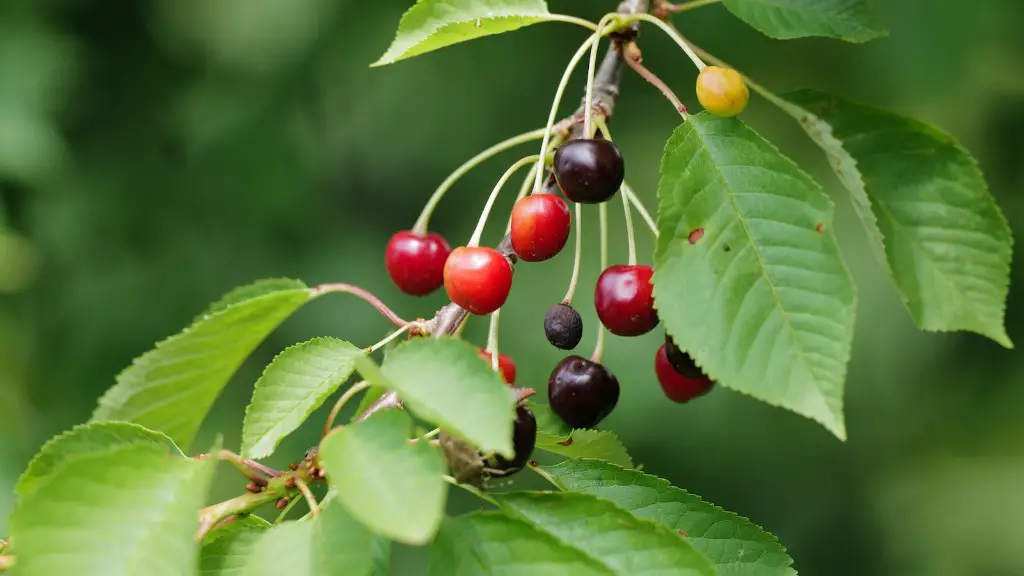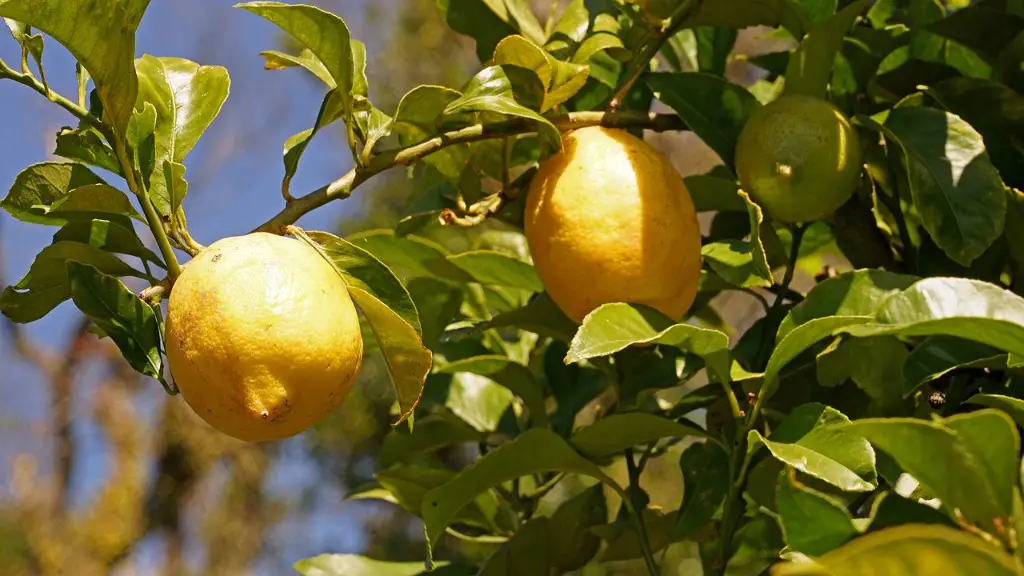Apples trees need the right amount of water to bear the optimal amount of fruits and prevent the spread of pests. However, the decision about when and how to water an apple tree is complicated. Whether you are a beginner looking to prevent over-watering of your first tree or an experienced orchardist, it can be difficult to decide when and how much water should you give your apple tree.
When you’re considering whether to water your apple tree, the most important factor is your local climate. In dry climates, you should water more frequently and in more consistent amounts since the soil is unable to retain the moisture as easily. On the other hand, in wetter climates, the soil is usually able to hold the moisture and may need less supplemental watering.
Another factor you should take into account is the age and size of your apple tree. Young trees are more susceptible to stress from not enough or too much water, so they need more attention than mature trees. In general, smaller trees may need to be watered more frequently than larger ones.
It’s also important to understand the optimal watering frequency for apple trees. For most apple trees, an average of about 1 inch of water per week is recommended. However, the amount of water you give your tree will depend on a variety of factors, from how hot it is to how much rain has fallen recently.
To ensure your apple tree receives the right amount of water, you should use a soil moisture meter to help you track the moisture levels in the soil. This will help you determine when it’s time to water and how much water you should give your tree. Additionally, if you’re not able to water your tree on a regular basis, you might consider installing a drip irrigation system, which can help you provide your tree with a consistent amount of water.
Deciding What Type of Water to Use
When deciding on which type of water is best for your apple tree, it’s important to understand the benefits of using different kinds of water, from plain tap water to rainwater. Tap water can be used, although it may contain chlorine or other chemicals that could be detrimental to the tree. If you opt to use tap water, it’s best to let it sit for a few days first to allow the chlorine to evaporate. Rainwater is usually the best option, as it’s free of pollutants.
If you’re using tap water, you may need to add a fertilizer to supplement the nutrients that have been removed from the water. The type of fertilizer you use will be determined by the stage of growth of your tree. If your tree is at its flowering stage, then you should use a fertilizer that is high in nitrogen and potassium, as these nutrients help promote flowering. You can also use a balanced fertilizer or an organic fertilizer for your tree if it is not producing any flowers.
How to Water an Apple tree
When watering your apple tree, it is best to use a slow trickle, not a heavy stream, of water. This helps to ensure that the moisture is able to penetrate the soil and reach all the way down to the tree roots. Additionally, be sure to water your apple tree at the base of the tree, rather than over the foliage, as this can help keep residue from building up and potentially harming your tree’s leaves and fruit.
Watering during the heat of the day is also not recommended, as this can lead to evaporation of the water before it has a chance to soak into the soil. Instead, it’s best to water either in the morning or evening, when the temperatures are cooler. When watering your apple tree, it is important to keep a consistent schedule, as this will help ensure that your tree is able to take up the necessary moisture without becoming water-stressed.
When to Water an Apple Tree
When determining when to water your tree, you should consider both the type of soil and the season. For example, the best time to water sandy soils is in the morning, as water is able to penetrate the soil more quickly in the morning. Clay soils, on the other hand, absorb water slowly, so it’s best to water in the evening. During the summer months, you may need to water up to twice a week, while in the winter months, you may be able to water as infrequently as once every two weeks.
In addition to the type of soil and season, other factors such as temperature and wind should also be taken into consideration when determining when to water your apple tree. Hot, dry weather tends to reduce available soil moisture, so you may need to water more often during hot periods. High winds can also cause a tree’s leaves to dry out and wilt, so you may need to water more frequently if the wind is strong.
Signs of Overwatering an Apple Tree
Overwatering your apple tree can be just as harmful as not watering it enough, so it’s important to monitor your tree to make sure it is not being over watered. Signs of overwatering include yellowing or drooping leaves, slow growth, and root rotting. Overwatering can also cause nutrient deficiencies, as too much water can wash away essential nutrients. To avoid overwatering your apple tree, be sure to use a soil moisture meter and let it dictate when it is time to water your tree.
Conclusion
When it comes to watering your apple tree, it’s important to make an informed decision based on the tree’s age, local climate, type of soil, and season. Knowing when and how much to water your tree can help ensure you are providing your apple tree with the proper amount of moisture without over-watering. Doing this will help your tree to stay healthy and thrive throughout the seasons.


